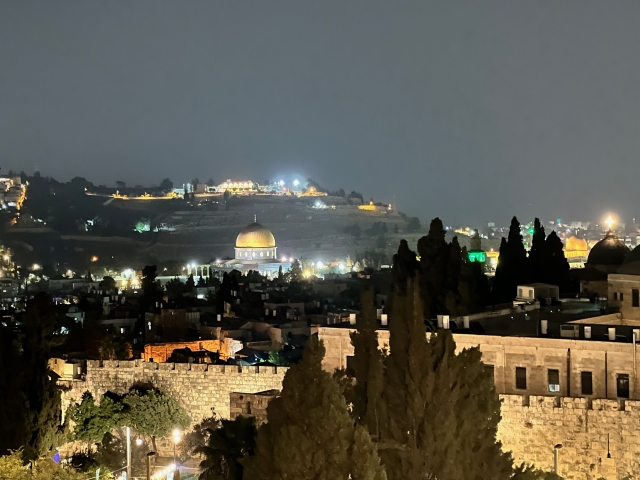In recent archaeological excavations on the outskirts of the Givat Hamatos neighborhood in Jerusalem, a significant historical discovery has come to light – the longest continuous segment of the ancient upper aqueduct of Jerusalem. Through these excavations, an approximately 300-meter stretch of the aqueduct has been revealed, once responsible for conveying water to the upper city of Jerusalem. This aqueduct, constructed around 2,000 years ago, served not only the general populace but also facilitated the water needs of prominent structures like Herod's palace and the residences of the city's affluent citizens.
One of the arches of the ancient Roman aqueduct on the beach in Caesarea collapsed on Thursday night.#Israel | #Collapse | Read more >>https://t.co/dq5pFYZ947
— The Jerusalem Post (@Jerusalem_Post) August 18, 2023
Supervised by the Israeli Antiquities Authority in collaboration with the "Arim" urban development company and the Jerusalem Municipality, these excavations are an integral part of the neighborhood's expansion initiative.
During the waning days of the Second Temple era, Jerusalem underwent significant growth. As the city was reconstructed and its population surged, the existing water sources proved insufficient for the burgeoning populace and the influx of pilgrims. Necessitating a more reliable water supply, Dr. Ofer Shion and Rotem Cohen, excavation managers from the Antiquities Authority, elaborate that water had to be sourced from distant locales. This marked the inception of an ambitious water transportation project that would forever impact the landscape of ancient Jerusalem.
The ambitious endeavor led by the Hasmoneans and King Herod culminated in the construction of two elaborate aqueducts. These aqueducts, among the most complex in the ancient world, were a testament to their engineering prowess. The Antiquities Authority elaborates that the springs in the Bethlehem region played a pivotal role in this endeavor. Employing a combination of immense pools, a keen understanding of physics, and innovative topographical solutions, the ancients succeeded in channeling water across vast distances – an impressive feat by any measure.
The two primary aqueducts, known as the "Upper Aqueduct" and the "Lower Aqueduct," had distinct destinations. The former directed water to the Upper City, encompassing the contemporary Jewish and Armenian Quarter. The latter was instrumental in supplying water directly to the revered Temple Mount.
מטבע חצי שקל כסף מהמרד הראשון של היהודים ברומאים, נחשף במדבר יהודה – ועליו "ירושלם קדשה" בכתב עברי קדום.
— רשות העתיקות - Israel Antiquities Authority (@AntiquitiesIL) July 25, 2023
המטבע התגלה במבצע סקר שמנהלת רשות העתיקות בשיתוף משרד המורשת וקצין מטה ארכיאולוגיה במנהל האזרחי
צילום: אמיל אלג'ם, רשות העתיקות
לפוסט המלא: https://t.co/Bd0YtG6mTI pic.twitter.com/zPzUPzu4xj
Intriguingly, among the finds was a coin dating back to 67-68 AD – a relic of the Jewish Rebellion against the Romans during the Second Temple era. This coin, believed to have been intentionally embedded in the aqueduct's foundation during the plastering process, stands as a symbol of historical significance. Furthermore, this opens avenues for delving into the identities of the individuals responsible for this remarkable engineering achievement – whether they were Hasmoneans or artisans in King Herod's employ.
The mayor of Jerusalem, Moshe Leon, added: "We agreed with the Antiquities Authority that the planning will be done in full coordination and with complete consideration of the preservation of the aqueduct that will be integrated into the project. This is a planning matter, and we see the importance of providing good planning parameters that will allow the preservation of the aqueduct, with accessibility to the general public."


